Several weeks ago, I wrote about Mexican dictator Santa Anna’s connection to the guy who invented chewing gum. Believe it or not, several readers messaged me, asking to learn more. So here goes.
It turns out chewing gum has a complex history. I’ve been popping the stuff into my mouth since Kennedy was president, and yet I only recently learned the tale I’m about to share with you. I promise this: if you read all the way to the end, there’s a surprise twist to one of gum’s early pioneers that you won’t see coming.
With that disclaimer, sit back, pick your favorite flavor and chomp away as we unwrap an interesting legacy.
 There is no Chewing Gum Hall of Fame. I checked. However, you can visit the next best thing: Joanne’s Gum Museum, located in a little building behind her house in Quartzsite, Arizona, featuring the collection of 4,000 pieces she has amassed since the 1940s. (I’m not kidding; it really exists.)
There is no Chewing Gum Hall of Fame. I checked. However, you can visit the next best thing: Joanne’s Gum Museum, located in a little building behind her house in Quartzsite, Arizona, featuring the collection of 4,000 pieces she has amassed since the 1940s. (I’m not kidding; it really exists.)
Gum’s origins are sketchy. Ever since the Garden of Eden, it seems humans have looked for something to put in their mouth. Our ancient ancestors chewed everything from tree resin lumps to sweet grasses, leaves, grains and waxes. The oldest known material that we would consider “gum” is 9,000 years old. Ancient Greeks chewed Mastiche, ancient Mayans chewed sap of the Sapodilla tree, Native Americans enjoyed chewing coagulated tree sap (and, just like us, probably growled expletives while they scraped it off their moccasins after stepping on it).
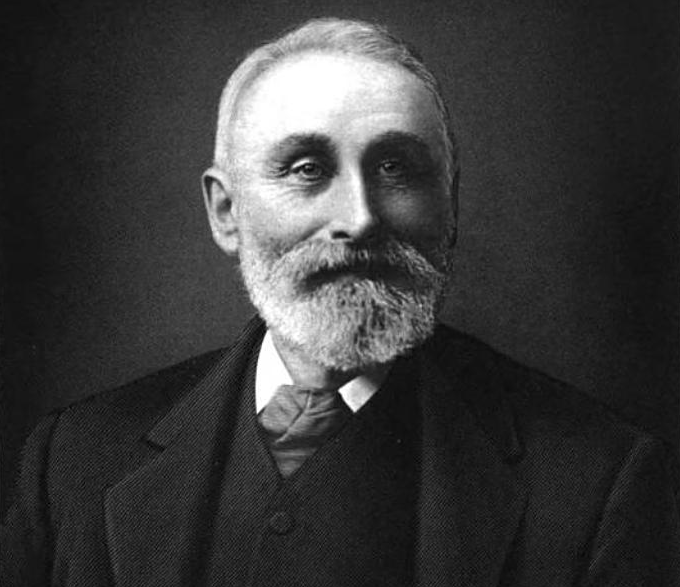 Fast forward to the 1800s. Leave it to an enterprising Yankee to take chewing gum to the next level (and make a buck off it, too). John Bacon Curtis cooked up some spruce gum sap over his kitchen stove in Bangor, and State of Maine Pure Spruce Gum hit the market in 1848. He initially peddled it in Portland. The reaction? “Ah yup, it’s a pissah!” (It’s a Maine thing; they have their own language up there. English translation: “I like it.”)
Fast forward to the 1800s. Leave it to an enterprising Yankee to take chewing gum to the next level (and make a buck off it, too). John Bacon Curtis cooked up some spruce gum sap over his kitchen stove in Bangor, and State of Maine Pure Spruce Gum hit the market in 1848. He initially peddled it in Portland. The reaction? “Ah yup, it’s a pissah!” (It’s a Maine thing; they have their own language up there. English translation: “I like it.”)
Curtis eventually engaged his brother (some sources say it was his father, others say it was both the brother and the father) in the family business. They cooked the gum while he sold it all around New England. He followed the water and expanded his territory along the Ohio and Mississippi Rivers. In time, he was offering a rainbow of gum varieties: American Flag, Yankee Spruce, White Mountain, Licorice Lulu, Trunk Spruce, Four-in-Hand, Biggest and Best, and 200 Lump Spruce. Imagine running into your local convenience store and saying, “Gimme a pack of 200 Lump Spruce, please.”
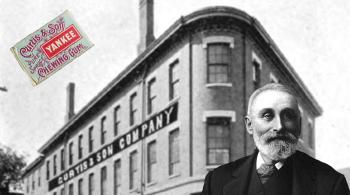 In 1850, he switched to a version that was somewhat like paraffin wax, and found customers liked it better. A whole lot better, in fact, because his company eventually occupied a three story factory, employed 200 people and turned out 1,800 boxes of chewing gum every day. Not bad for something that started over the kitchen stove, right?
In 1850, he switched to a version that was somewhat like paraffin wax, and found customers liked it better. A whole lot better, in fact, because his company eventually occupied a three story factory, employed 200 people and turned out 1,800 boxes of chewing gum every day. Not bad for something that started over the kitchen stove, right?
But here’s the thing: John B. Curtis was a typically contrary Yankee and never took out a patent. He preferred to keep his gum and gum-making equipment secret.
Which created a big controversy among historians: who was the first man to patent chewing gum?
Those who believe in hardcore accuracy point out a guy named Amos Tyler got one on July 27, 1869. But he never did anything with it.
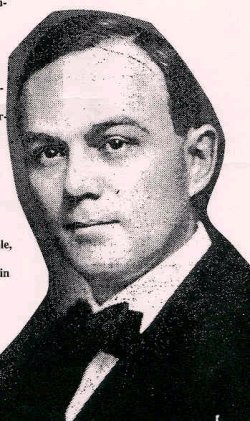 Those with a more practical frame of mind note William Finley Semple received Patent # 98,304, the first truly commercial U.S. patent for chewing gum, on December 28, 1869. [Spoiler alert: remember that twist I promised at the end of this post? Remember Semple’s name.]
Those with a more practical frame of mind note William Finley Semple received Patent # 98,304, the first truly commercial U.S. patent for chewing gum, on December 28, 1869. [Spoiler alert: remember that twist I promised at the end of this post? Remember Semple’s name.]
While all this was going on, a photographer-turned-secretary-turned-inventor/scientist had a devil of a problem on his hands.
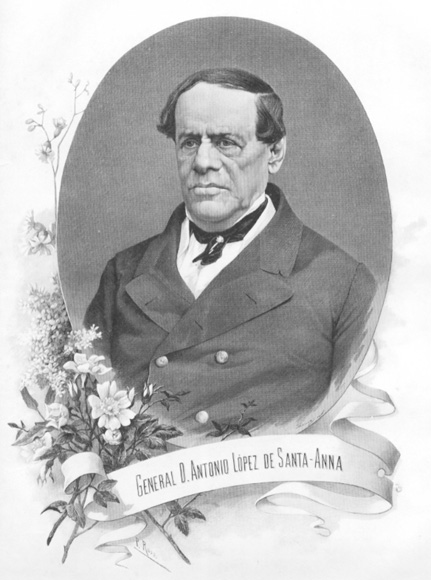 Thomas Adams was personal secretary to deposed Mexican dictator Generalissimo Santa Anna, who was living in exile on Staten Island, New York. (Yes, that Santa Anna, the bad guy of the Alamo story. Read my blog post from a few weeks back to learn why he wound up in our country.)
Thomas Adams was personal secretary to deposed Mexican dictator Generalissimo Santa Anna, who was living in exile on Staten Island, New York. (Yes, that Santa Anna, the bad guy of the Alamo story. Read my blog post from a few weeks back to learn why he wound up in our country.)
Santa Anna had a crazy idea that he could import chicle, a gummy sap from a Mexican tree, and sell it as a cheap substitute for rubber. His enthusiasm was contagious, prompting Thomas Adams to buy a ton of the stuff.
Adams made chicle toys, chicle buggy tires, chicle masks, even chicle rain boots. None of them sold. The ex-dictator lost a bunch of money and the two parted company, leaving Adams with all that raw chicle on his hands.
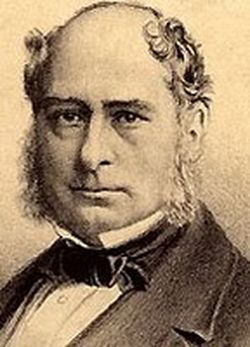 He grew frustrated, and his chicle supply seemed destined to wind up getting dumped into the East River. Then one day, one of those serendipitous things that changes everything happened.
He grew frustrated, and his chicle supply seemed destined to wind up getting dumped into the East River. Then one day, one of those serendipitous things that changes everything happened.
Adams was in a drug store and watched as a young girl bought a piece of paraffin wax chewing gum for a penny. Adams remembered something: when they were tinkering around in the laboratory, Santa Anna would often pop a piece of chicle in his mouth and chew it.
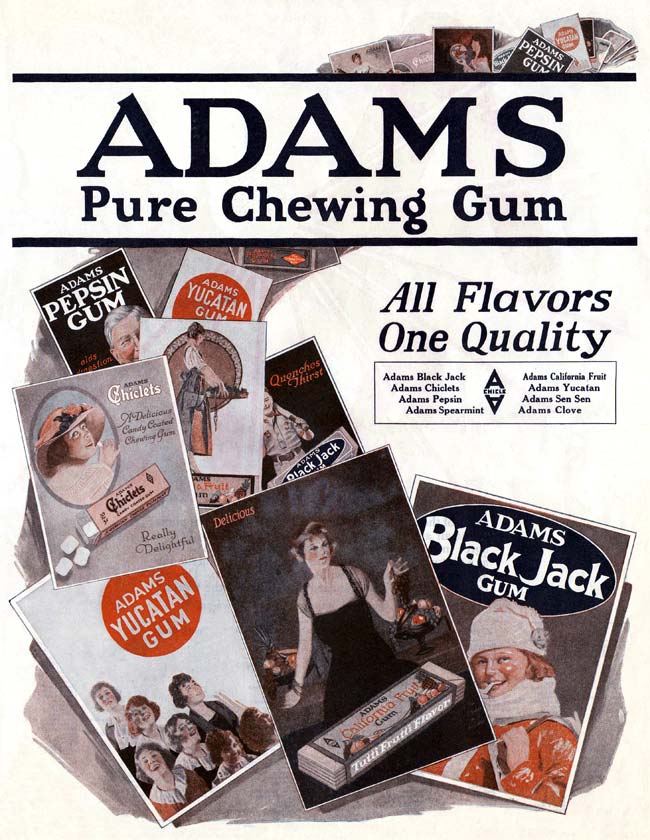 He rushed back to his lab and started over from scratch. Adams boiled some chicle and gave it a test chew. It was a vast improvement over the paraffin version (more elastic and longer lasting). He called his concoction Chiclets, and in February 1871 Adams New York Chewing Gum went on sale for a penny apiece.
He rushed back to his lab and started over from scratch. Adams boiled some chicle and gave it a test chew. It was a vast improvement over the paraffin version (more elastic and longer lasting). He called his concoction Chiclets, and in February 1871 Adams New York Chewing Gum went on sale for a penny apiece.
Chewing gum as we know it had finally arrived. The late 1800s were boom times for gum makers; when they found they could add flavor to the stuff, sales really popped.
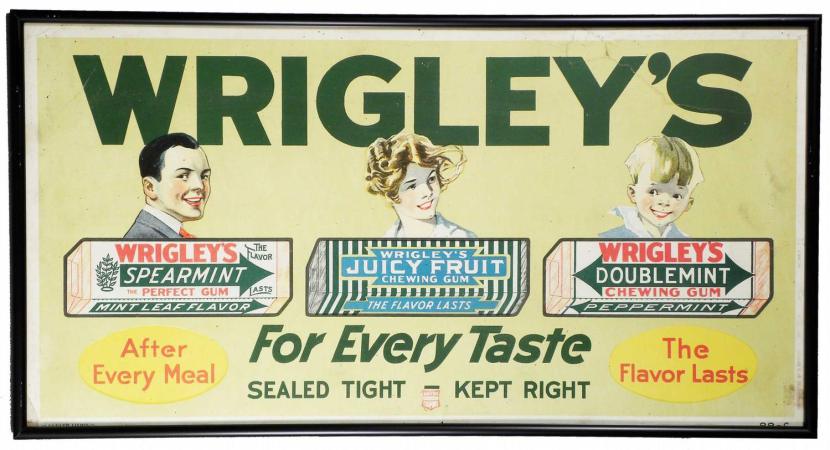 In 1891, a company opened in Chicago that produced baking soda. Sales were flat, so in 1892 the owner hit upon a promotion idea: he made chewing gun and attached one stick to each can. Suddenly, cans started flying off store shelves. Knowing a good thing when he saw it, the company owner stopped making baking soda and focused solely on producing gum. And he laughed all the way to the bank as a result. His name? William Wrigley. As in Wrigley Field. As in Wrigley’s Juicy Fruit (1893), Spearmint (1893), Doublemint (1914), Freedent (1975), Big Red (1975), Extra (1984), Winterfresh (1994), Orbit (2001) and Eclipse (2001) Chewing Gum. Yeah, that Wrigley.
In 1891, a company opened in Chicago that produced baking soda. Sales were flat, so in 1892 the owner hit upon a promotion idea: he made chewing gun and attached one stick to each can. Suddenly, cans started flying off store shelves. Knowing a good thing when he saw it, the company owner stopped making baking soda and focused solely on producing gum. And he laughed all the way to the bank as a result. His name? William Wrigley. As in Wrigley Field. As in Wrigley’s Juicy Fruit (1893), Spearmint (1893), Doublemint (1914), Freedent (1975), Big Red (1975), Extra (1984), Winterfresh (1994), Orbit (2001) and Eclipse (2001) Chewing Gum. Yeah, that Wrigley.
Gum won’t be going away anytime soon. Americans consume 195 million pounds annually. That’s 300 sticks per person each year; almost one every day. Some parting trivia to ponder:
- Most chewing gum is sold between Halloween and Christmas
- Humans are the only animals that chew gum
- Chewing gum while peeling onions will keep you from crying (personally, I’m not willing to put this to the test)
 Finally, I promised a twist to the story of a chewing gum pioneer. And here it is:
Finally, I promised a twist to the story of a chewing gum pioneer. And here it is:
Remember the guy who was awarded the first commercial patent for the product in the U.S.? Chewing gum was only a sideline for him, because he had a day job.
William Finely Semple was … a dentist. That’s right; the man who promoted putting gum in mouths belonged to the profession that filled dental cavities created by it. Talk about working both sides of the street!
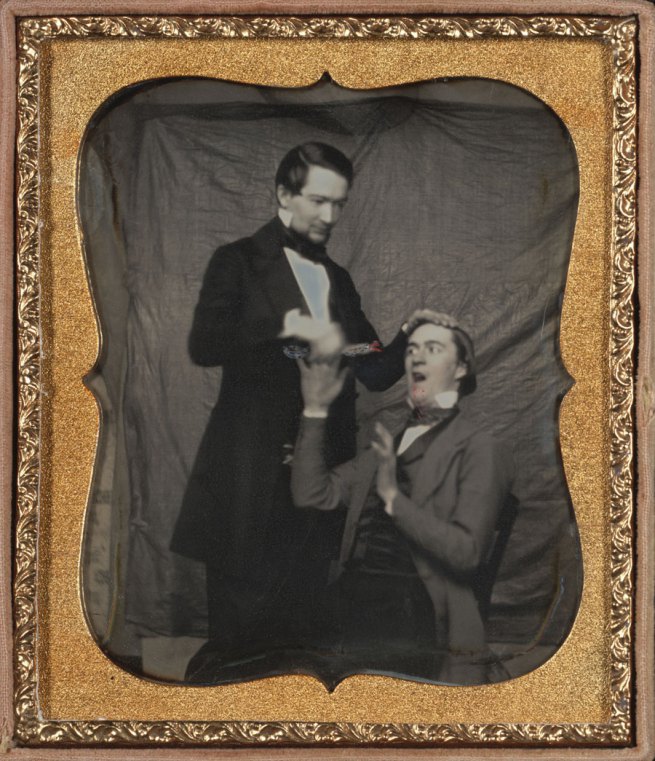 Thanks to the good dentist’s efforts back in 1869, a certain dentist in Joplin, Missouri was able to buy a boat with the money he made filling all my cavities in 1969.
Thanks to the good dentist’s efforts back in 1869, a certain dentist in Joplin, Missouri was able to buy a boat with the money he made filling all my cavities in 1969.
If I only knew then what I know now!
Did you find this enjoyable or helpful? Please continue to join me each week, and I invite you to read Tell it Like Tupper and share your review!
Curious about Tell It Like Tupper? Here’s a chance to see for yourself. Take a sneak peek at a couple chapters in this free downloadable excerpt.

